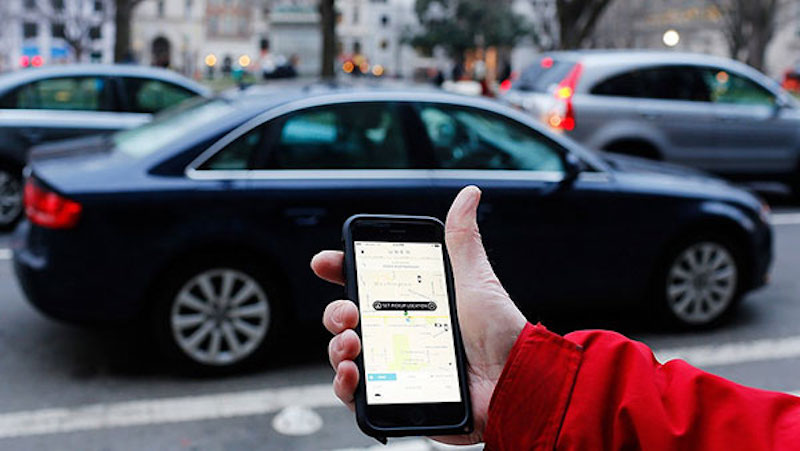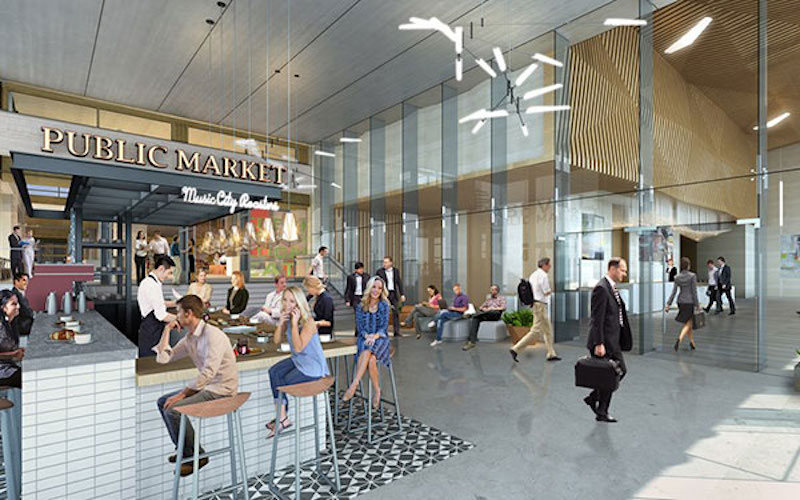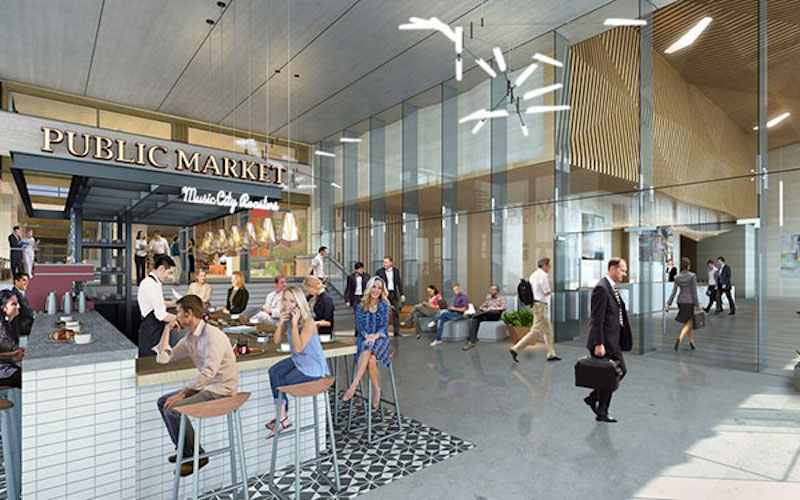In the first post of our Retail Renaissance blog series, my colleague Vanessa Newton provided an architectural perspective on several common trends in the retail world: a decrease in brick-and-mortar stores and a big jump in online sales, the growth of mixed-use developments, and most importantly, a focus on customer experience. In fact, I think many of us at GS&P would argue that customer experience is the common thread throughout most recent trends, which is why experience-focused design and development is a priority at our firm.
As a senior land planner, I’m here to provide another perspective on the trends unfolding in the retail world. They impact architecture and interior design in a pretty direct way, but the planning and development implications are more nuanced. Planners have to think of the ways that vertical retail structures interact with the surrounding site and community. Here are a few things I expect we’ll see more of in the future:
Smaller retail floorplates
As online retail continues to grow, duplication of product in stores becomes less important. “Showrooming,” which is the practice of perusing merchandise in a brick-and-mortar store then purchasing online, often at a lower price, is increasingly common. As a result, clothing stores don’t need to carry as many different sizes, colors and other options as they used to, and appliances retailers like Best Buy and Lowe’s may carry only display models in store, while offering free or discounted home delivery directly from a warehouse. Fewer products then equals a smaller floorplate and less real estate. And less real estate can mean cost savings in some cases, or it may just allow certain retailers the financial ability to locate in a more expensive, denser urban area.
 Shoppers never have to leave their car thanks to programs like Kroger's ClickList, which provides curbside checkout and grocery-loading.
Shoppers never have to leave their car thanks to programs like Kroger's ClickList, which provides curbside checkout and grocery-loading.
The evolution of the checkout process at grocery stores and other retailers may also impact the floorplate. Kroger and Walmart already offer curbside grocery pickup and checkout services, meaning fewer people using the in-store checkout aisles. And companies like Amazon are experimenting with cell phone-powered technology that charge customers for their goods as they exit the store – no checkout required. Fewer checkout lanes also mean less real estate.
Smaller parking lots
Another trend toward less real estate is fueled by smaller parking lots. Particularly in urban settings, motorists are gradually being replaced by cyclists, public transit riders and pedestrians. The impact of ride-sharing services like Uber and Lyft on parking needs are also undeniable. Planners are increasingly designing exterior space for Uber pick-up and drop-off, as more and more people choose to leave their vehicles at home (or not own them at all). Further out on the horizon, autonomous vehicles will be a big influence on parking needs (which was discussed in more depth on GS&P Dialogue a few months ago). Self-driving cars can simply return home after taking their owner to work or dinner or be dispatched for use by other riders, so on-site parking spaces could one day be nearly obsolete.
 Demand for parking spaces is expected to decrease as ride-share services like Uber offer drop-off and pick-up at the door of your destination.
Demand for parking spaces is expected to decrease as ride-share services like Uber offer drop-off and pick-up at the door of your destination.
More outdoor space
The trend toward mixed-use developments, which typically include a variety of spaces – retail, entertainment, office and residential – all in one location, means an increase in outdoor space. Most mixed-use facilities include trees and greenery, park benches and al fresco restaurant seating. The shopping mall of yesterday with its endless indoor corridors and fluorescent lights has been replaced by shopping and dining beneath clear, blue skies. “Paving paradise to put up a parking lot” may have come full circle, as planners start to incorporate green space in place of parking spots.
 Patio dining and outdoor amenity space within mixed-use developments, like the public market at the GS&P-designed Fifth + Broadway project in downtown Nashville, focus on the customer experience.
Patio dining and outdoor amenity space within mixed-use developments, like the public market at the GS&P-designed Fifth + Broadway project in downtown Nashville, focus on the customer experience.
It all comes back to customer experience
At the core of all these planning and development trends is an emphasis on customer experience. Browsing in-store and buying online is often the best (and most affordable) approach to retail, as is automatic checkout. Getting dropped off at the front door of your favorite store is a lot less hassle than circling a parking lot looking for an empty space. And shopping on the first-floor of the building where you work or live is more pleasant than traveling to a different part of town. Retail, now more than ever, is driven by an emphasis on convenience, cost and experience. Success requires an eagerness to go where the shoppers want to take us.
More from Author
Gresham Smith | Oct 16, 2024
How AI can augment the design visualization process
Blog author Tim Beecken, AIA, uses the design of an airport as a case-study for AI’s potential in design visualizations.
Gresham Smith | Aug 17, 2023
How to design for adaptive reuse: Don’t reinvent the wheel
Gresham Smith demonstrates the opportunities of adaptive reuse, specifically reusing empty big-box retail and malls, many of which sit unused or underutilized across the country.
Gresham Smith | May 24, 2023
Designing spaces that promote enrollment
Alyson Mandeville, Higher Education Practice Leader, argues that colleges and universities need to shift their business model—with the help of designers.
Gresham Smith | Apr 24, 2023
Smart savings: Commissioning for the hybrid workplace
Joe Crowe, Senior Mechanical Engineer, Gresham Smith, shares smart savings tips for facility managers and building owners of hybrid workplaces.
Gresham Smith | Mar 20, 2023
3 ways prefabrication doubles as a sustainability strategy
Corie Baker, AIA, shares three modular Gresham Smith projects that found sustainability benefits from the use of prefabrication.
Gresham Smith | Jan 19, 2023
Maximizing access for everyone: A closer look at universal design in healthcare facilities
Maria Sanchez, Interior Designer at Gresham Smith, shares how universal design bolsters empathy and equity in healthcare facilities.
Gresham Smith | Dec 20, 2022
Designing for a first-in-the-world proton therapy cancer treatment system
Gresham Smith begins designing four proton therapy vaults for a Flint, Mich., medical center.
Gresham Smith | Nov 21, 2022
An inside look at the airport industry's plan to develop a digital twin guidebook
Zoë Fisher, AIA explores how design strategies are changing the way we deliver and design projects in the post-pandemic world.
Gresham Smith | Feb 13, 2022
Helping maximize project dollars: Utility coordination 101
In this post, I take a look at the utility coordination services our Transportation group offers to our clients in an attempt to minimize delays and avoid unforeseen costs.
Gresham Smith | May 7, 2021
Private practice: Designing healthcare spaces that promote patient privacy
If a facility violates HIPAA rules, the penalty can be costly to both their reputation and wallet, with fines up to $250,000 depending on the severity.
















